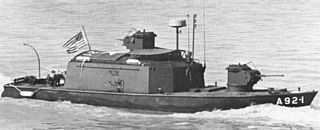 W
WThe Assault Support Patrol Boat (ASPB), was a heavily armed and armored riverine patrol boat developed by the United States Navy for use in the Vietnam War from late 1967.
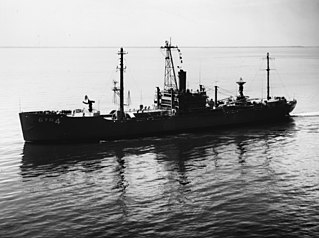 W
WUSS Belmont (AGTR-4/AG-167) was the first of two Belmont-class technical research ships,, acquired by the U.S. Navy in 1963 and converted for the task of conducting "research in the reception of electromagnetic propagations". She was originally built during World War II as a Victory cargo ship named SS Iran Victory by the War Shipping Administration's Emergency Shipbuilding program under cognizance of the U.S. Maritime Commission.
 W
WUSS Detector (AM-429/MSO-429) was an Agile-class minesweeper built for the United States Navy.
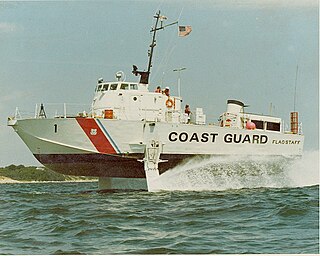 W
WUSS Flagstaff (PGH-1) was the only Flagstaff-class patrol gunboat (hydrofoil) and was acquired by the United States Navy because of her relatively low cost and very high speed. She was later loaned by the Navy to the U.S. Coast Guard, as USCGC Flagstaff (WPBH-1). The Coast Guard’s interest in the craft was the craft’s speed and its ability to interdict smugglers and other suspicious craft approaching the U.S. coast.
 W
WThe Hurricane Aircat was an airboat used as a riverine patrol boat by the US Army and South Vietnamese Army (ARVN) during the Vietnam War. It was used to conduct various counterinsurgency (COIN) and patrol missions in riverine and marshy areas where larger boats could not go.
 W
WUSS Jamestown (AGTR-3/AG-166) was an Oxford-class technical research ship acquired by the U.S. Navy for the task of "conducting research in the reception of electromagnetic propagations" (SIGINT).
 W
WUSS Oxford (AGTR-1/AG-159) was an Oxford-class technical research ship, acquired by the U.S. Navy in 1960 and converted for the task of conducting "research in the reception of electromagnetic propagations". She was originally built during World War II as a Liberty-type cargo ship originally named the Samuel R. Aitken.
 W
WPatrol Boat, Riverine, or PBR, is the United States Navy designation for a small rigid-hulled patrol boat used in the Vietnam War from March 1966 until the end of 1971. They were deployed in a force that grew to 250 boats, the most common craft in the River Patrol Force, Task Force 116, and were used to stop and search river traffic in areas such as the Mekong Delta, the Rung Sat Special Zone, the Saigon River and in I Corps, in the area assigned to Task Force Clearwater, in an attempt to disrupt weapons shipments. In this role they frequently became involved in firefights with enemy soldiers on boats and on the shore, were used to insert and extract Navy SEAL teams, and were employed by the United States Army's 458th Transportation Company, known as the 458th Sea Tigers. The PBR was replaced by the Special Operations Craft – Riverine (SOC-R)
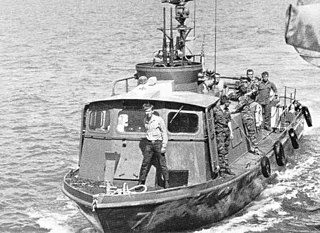 W
WPatrol Craft Fast (PCF), also known as Swift Boats, were all-aluminum, 50-foot (15 m) long, shallow-draft vessels operated by the United States Navy, initially to patrol the coastal areas and later for work in the interior waterways as part of the brown-water navy to interdict Vietcong movement of arms and munitions, transport South Vietnamese forces and insert SEAL teams for counterinsurgency (COIN) operations during the Vietnam War.
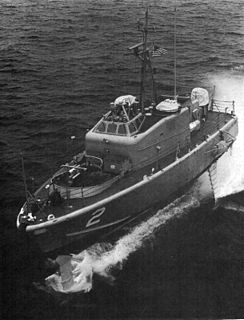 W
WThe Tucumcari (PGH-2) was a Boeing-built hydrofoil. Named after Tucumcari, New Mexico, it was the basis for the technology used in the subsequent Pegasus-class patrol boats and the Jetfoil ferries. Its unique feature was a waterjet propulsion and a computer-controlled fully submerged foil configuration of one foil at the bow and foils on the port and starboard sides. The Tucumcari was one of two prototype boats contracted by the Navy for the purpose of evaluating the latest hydrofoil technology. The second boat was the rival Grumman built USS Flagstaff (PGH-1).